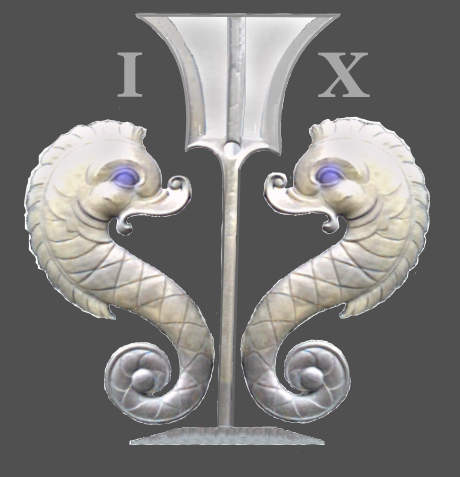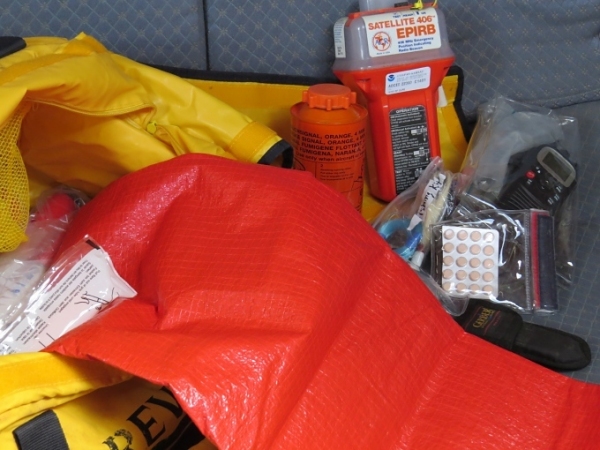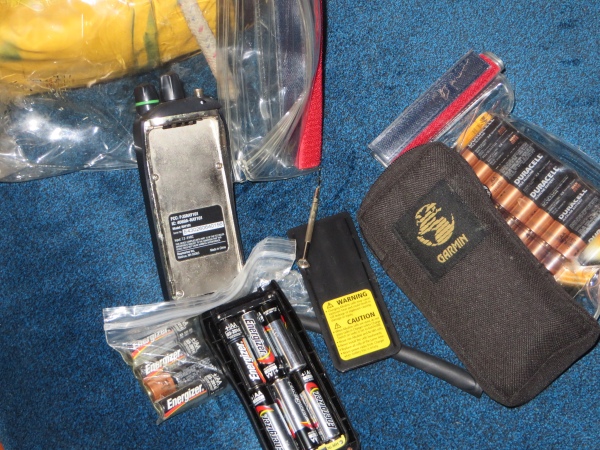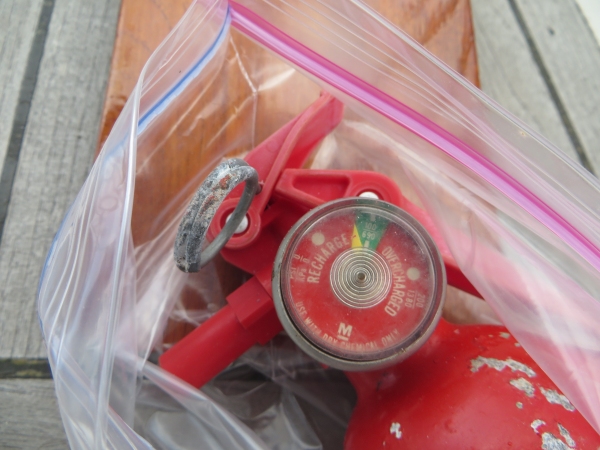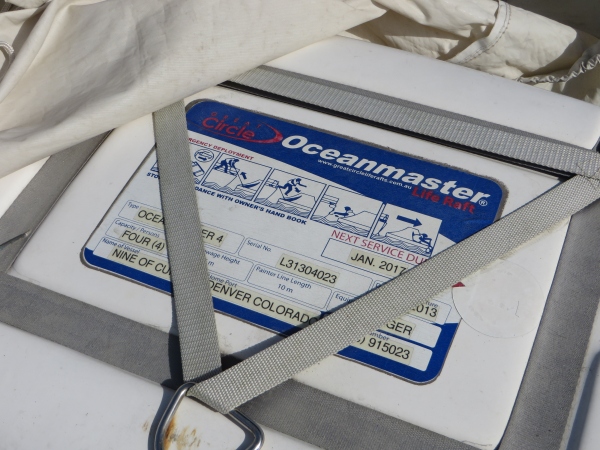Anti-fouling Our Big-bottomed Girl
/I never appreciate how big Nine of Cups is until I start painting her bottom. With a modified full keel, our 45' (14m) girl has a big, big bottom … a lot of area to cover with anti-fouling paint. Painting the bottom has become my job … mostly because it seems I do little else aboard plus I can't screw it up very much. It's pretty mindless work … right up my alley. We typically haul-out every 12-18 months. Our last haul-out was in Mandurah, Australia in May 2014, so we're overdue. Before that, it was Kettering, Tasmania in November 2012 … only proving the point that cruising is doing boat work in exotic places. That said, we were surprised and pleased by the condition of Cups' hull when we hauled out this time. After a pressure-washing, the hull was pretty clean and still looked blue which means our last bottom job lasted quite a long time.

There are several reasons to anti-foul Cups on a regular basis. The paint retards the growth of organisms on the hull. Growth on the hull and prop reduces speed and also may transport harmful marine life from one area to another, infecting new areas with marine pests such as mud snails and fanworms. We've seen first hand how quickly these pests can propagate and take over.

We tend to use whatever anti-fouling paint is locally available. Even inexpensive antifouling paint is expensive. We expect to pay ~US$1000 for 15-20 liters … enough for 2-3 coats. Estimating the amount of antifouling paint you need is relatively easy. There are all sorts of formulae on line. Sometimes the 20-liter (5 gallon) bucket is cheaper and we opt for it. This time we chose Jotun, a Spanish product. Jotun describes it as “a one component acrylic, hydrolysing antifouling coating based on ion exchange technology .” There you have it … all you need to know. In English, basically, it's very toxic stuff, using copper-based additives as a biocide.

The prepping is not difficult. David usually wet sands the waterline areas and I lightly sand other areas that require it and which can be reached without using the scaffolding (it's a height thing!). The hull is rinsed with fresh water and allowed to dry thoroughly overnight. The waterline is masked so we don't slop over onto the topsides.

We alternate bottom paint colors between blue and black, sometimes red. We tried green once … it was a mistake. I'm applying dark red this time around, mostly because that's what was available. The purpose of alternating colors is to 1) be able to see where you've painted and more importantly 2) once she's in the water, to see where the paint is wearing off. If we can see lots of blue under red, we know it's definitely time for another anti-fouling job. We use ablative or self-polishing paint which means the paint sloughs off over time due to interaction with the water. When it sloughs, the algae, barnacles and sea critters hopefully slough off with it or do not adhere to it in the first place because of the biocides in the paint. A tie-coat was recommended which helps the new paint adhere to the old and I applied that first.

I wear a protective suit, gloves and a respirator to apply it. It is not a becoming look … think Pillsbury Dough Boy in baby blue. Painting the large, open areas of the hull is quick and easy. I use a roller and it goes pretty quickly. It's the tight areas around the prop and the very bottom of the keel that are more challenging only because you have to scrunch down and use a brush to get at them. I learned the hard way that without a respirator, the fumes can just about knock you out.

The whole job is usually accomplished in two days. This time, however, it stretched to three days. The heat is fatiguing and I took breaks every hour or so to cool down and drink water. The tie coat was applied in the morning. After a 2-hour dry time wait, I applied the first coat of red anti-fouling.

David joined me in order to get as much done as possible, but the two coats was all we could manage. On Day 2, we applied the second coat of red early in the morning. It requires a 6-hour dry time and then the afternoon showers began. On Day 3, the boat stands were moved so we could paint the unpainted areas under the stand pads and applied a third and final coat. Typically whatever paint is left over is applied to the leading edges until all the paint is used up. We called it a good job done, said hallelujah and disposed of all the used supplies. Cups was ready to go back into the water.

Since the bottom paint is always one of the very last jobs to do on the boat, I love looking at Nine of Cups when the job is finished. She looks all clean and shiny and ready to go … until next year!

